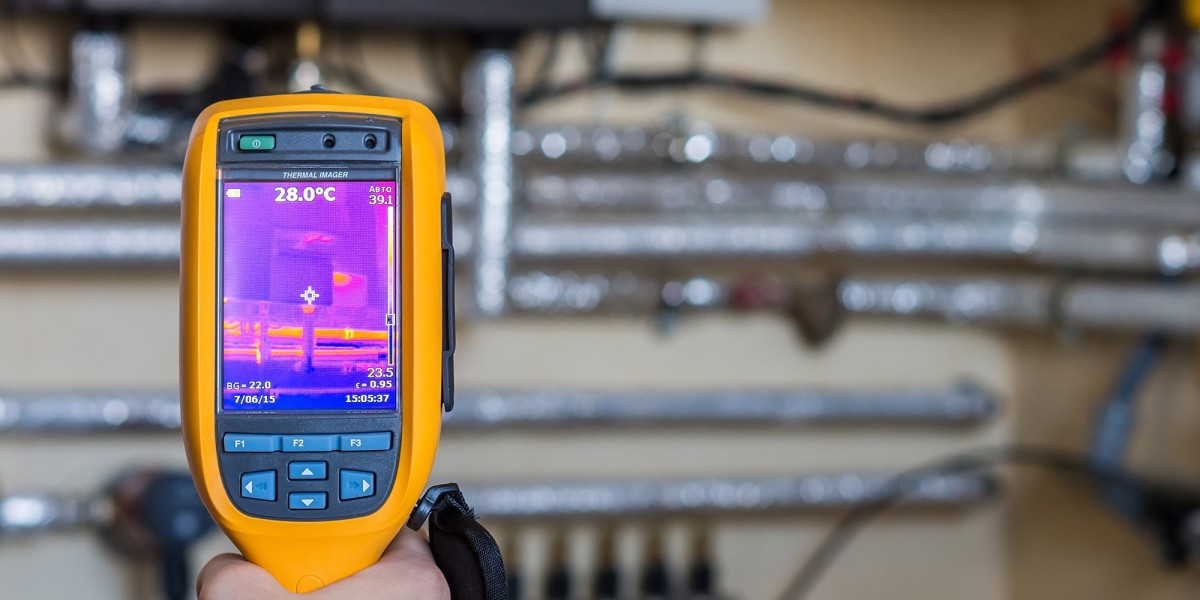Laser modules are essential components in many modern technologies, finding applications in industries ranging from medical devices to manufacturing, telecommunications, and beyond. As the demand for precision and efficiency in various fields continues to rise, understanding the role and functionality of laser modules becomes increasingly important. This blog will provide a detailed overview of laser modules South America, their types, applications, and key considerations for choosing the right module for your needs.
What is a Laser Module?
A laser module is a self-contained unit that includes a laser diode, optics, and often a power supply, all integrated into a single, easy-to-use package. These modules are designed to emit a highly focused beam of light, typically in the visible, ultraviolet, or infrared spectrum. The beam can be precisely controlled and directed, making laser modules invaluable in applications that require pinpoint accuracy and reliability.
Types of Laser Modules
Laser modules can be categorized based on their wavelength, power output, and intended application. Here are some common types:
Red Laser Modules (635nm to 650nm):
- Wavelength: Visible red light.
- Applications: Bar code scanners, laser pointers, alignment tools.
- Advantages: Cost-effective, highly visible in most lighting conditions.
Green Laser Modules (520nm to 532nm):
- Wavelength: Visible green light.
- Applications: Surveying, astronomy, laser shows.
- Advantages: Brighter than red lasers at the same power level, making them ideal for outdoor use.
Blue Laser Modules (450nm):
- Wavelength: Visible blue light.
- Applications: High-resolution printing, fluorescence excitation.
- Advantages: Higher energy density, enabling fine and detailed work.
Infrared Laser Modules (780nm to 1064nm):
- Wavelength: Invisible infrared light.
- Applications: Medical treatments, communication systems, cutting and engraving.
- Advantages: Less scattering and absorption in certain materials, suitable for non-visible applications.
Applications of Laser Modules
Laser modules are incredibly versatile and are used in various fields, including:
Medical Devices: In surgeries, laser modules are used for precision cutting, targeting specific tissues without damaging surrounding areas. They are also used in non-invasive treatments like laser eye surgery.
Manufacturing: Laser modules are employed in cutting, welding, and marking materials. Their precision allows for intricate designs and consistent results.
Telecommunications: In fiber optic communications, infrared laser modules transmit data over long distances with minimal loss, making them crucial for high-speed internet and telecommunications networks.
Entertainment: Laser modules are used in laser shows, projection systems, and even as light sources in some modern displays.
Measurement and Alignment: Laser modules are used in surveying and construction for leveling, alignment, and distance measurement due to their ability to project straight and accurate lines over long distances.
Key Considerations When Choosing a Laser Module
When selecting a laser module for your application, consider the following factors:
Wavelength: Choose the wavelength that best suits your application. For example, green lasers are ideal for outdoor use due to their visibility in daylight, while infrared lasers are suited for communication and medical applications.
Power Output: The power of the laser determines its intensity and range. Higher power is needed for applications like cutting and engraving, while lower power may suffice for simple alignment tasks.
Beam Quality: Consider the beam's focusability, divergence, and stability. A high-quality beam is essential for applications requiring precision.
Modulation: Some applications require the laser to be pulsed or modulated. Ensure the module can support the necessary modulation techniques, whether analog or digital.
Durability and Cooling: Laser modules generate heat during operation. Look for modules with proper cooling mechanisms and durable construction, especially if they will be used in demanding environments.
Conclusion
Laser modules are indispensable in today's technology-driven world. Their ability to produce precise, controlled beams of light makes them valuable in a wide range of applications, from medical devices to manufacturing and beyond. Understanding the types of laser modules and their applications will help you select the right module for your needs, ensuring efficiency and accuracy in your work. Whether you are involved in research, industrial processes, or product development, laser modules can significantly enhance the precision and quality of your projects.







